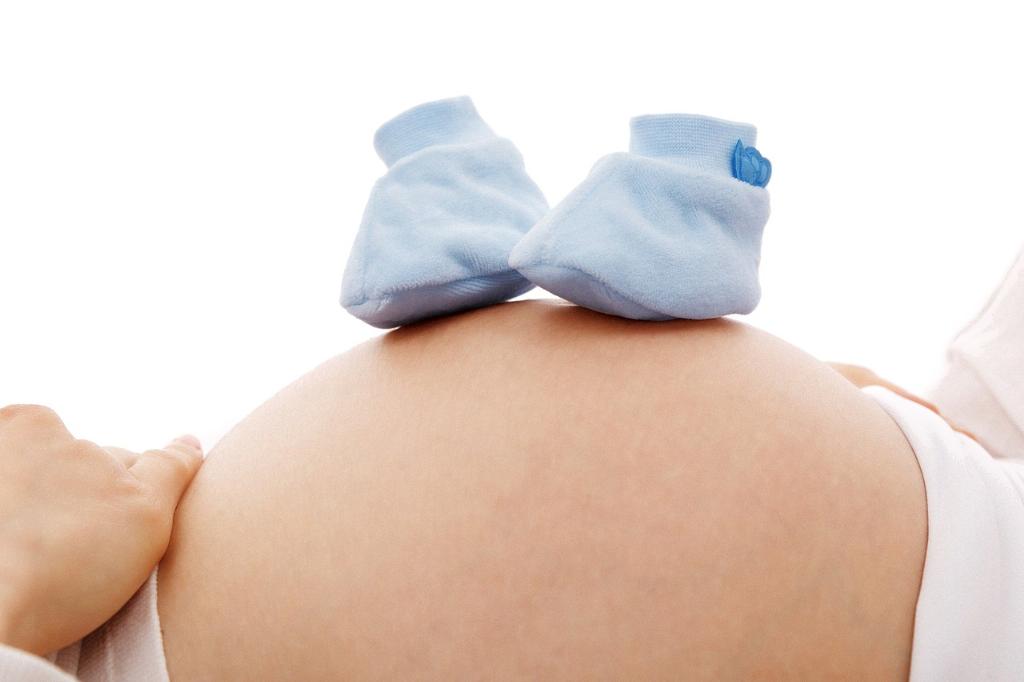One common question that many expectant parents have is, “How early in pregnancy do you get a belly?” It’s an exciting milestone to see that baby bump start to form, and many people look forward to it as a visible sign of the new life growing inside them.
Factors That Influence When You Start Showing
Several factors can impact when you start showing during pregnancy. One significant factor is your body type and weight. People with a smaller build and lower weight may notice a bump as early as 12 weeks, while those with a larger frame or more weight may not see a noticeable bump until closer to 16 weeks.
Development of the Uterus and Baby
During the first trimester, your uterus remains relatively small and tucked behind the pelvic bone. As your baby grows and the uterus expands, it eventually rises above the pelvic bone and becomes more prominent in the abdomen, leading to the development of a visible bump.
Changes in Abdominal Muscles
As your pregnancy progresses, hormonal changes can lead to the relaxation and separation of your abdominal muscles to make room for the growing baby. This separation, known as diastasis recti, can contribute to the outward protrusion of the belly.
Multiple Pregnancies May Show Sooner
If you are carrying more than one baby, such as twins or triplets, you may start showing earlier than expected. The increased size of multiple fetuses and the corresponding expansion of the uterus can result in a more noticeable belly earlier in the pregnancy.
Genetic Factors Play a Role
Your genetic predisposition can also influence when you start showing during pregnancy. If other family members tended to show early or carry larger bumps, you may follow a similar pattern due to shared genetic traits.
Individual Variations in Pregnancy
Every pregnancy is unique, and individual variations in factors like muscle tone, posture, and how the baby is positioned can all affect when and how prominently your belly shows. Some people may have a more compact bump, while others may have a more pronounced one.
Psychological Impact of Baby Bump
Seeing your belly grow during pregnancy can also have a profound psychological impact. For many people, it serves as a tangible reminder of the life growing inside them and can foster feelings of connection and anticipation as they prepare to welcome their child into the world.
Embracing the Changes in Your Body
As your belly begins to show and your body undergoes various changes, it’s essential to embrace and celebrate these transformations. Each stage of pregnancy brings its own set of challenges and joys, and watching your belly grow is a physical manifestation of the incredible journey you are on.
Seeking Support and Guidance
If you have any concerns about how your belly is developing during pregnancy or if you experience any unusual symptoms, it’s crucial to seek the support and guidance of your healthcare provider. They can offer reassurance, answer your questions, and ensure that you and your baby are healthy and well.
Conclusion: The Beauty of Pregnancy
In conclusion, the timing of when you start showing during pregnancy can vary based on a range of factors, including your body type, the number of babies you are carrying, genetic influences, and individual variations. Regardless of when your belly becomes visible, it’s a beautiful reminder of the incredible process of growing and nurturing a new life within you.

